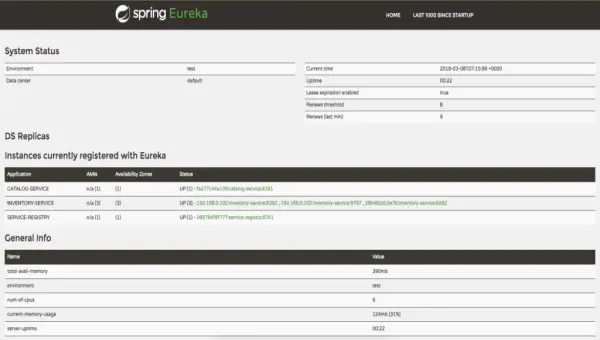I have been working with Spring and SpringBoot for many years and I needed to create lot of Spring(Boot) applications for various reasons like blog posts, sample apps, book sample code and for my personal learning as well. So, I needed some tool/mechanism to quickly create Spring(Boot) application with most commonly used configuration. I know we have the most popular SpringBoot Initializer to create SpringBoot applications. But, it generates the application with only selected starter dependencies added and nothing more.
Continue reading »







